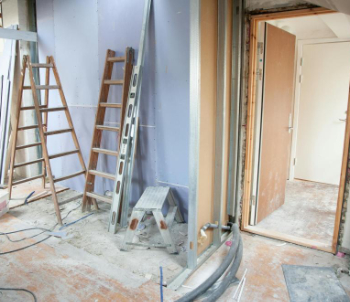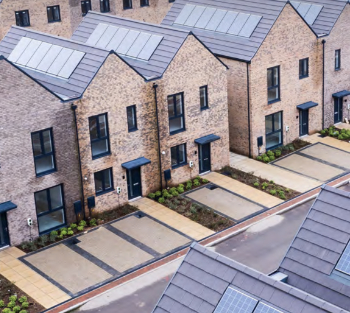User contributions
(Latest | Earliest) View (newer 50 | older 50) (20 | 50 | 100 | 250 | 500)
- 09:19, 26 November 2014 (diff | hist) N File:Riverside Dene.jpg (Riverside Dene) (top)
- 09:13, 26 November 2014 (diff | hist) N File:Canolfan Rheidol the headquarters for Ceredigion County Council.jpg (Canolfan Rheidol, the headquarters for Ceredigion County Council. The building is on a biomass district heating scheme. Initial problems with the biomass system saw heating defaulting to the back-up gas boilers.) (top)
- 09:11, 26 November 2014 (diff | hist) Commissioning building systems
- 09:09, 26 November 2014 (diff | hist) N Initial commissioning case studies (Created page with " Initial commissioning, static commissioning, or pre-completion commissioning - choose your term - covers the basic commissioning required to satisfy a building's specification. ...")
- 08:44, 26 November 2014 (diff | hist) N GSHP (Redirected page to Ground-source heat pumps)
- 08:43, 26 November 2014 (diff | hist) Stoke Local Service Centre post occupancy evaluation
- 08:42, 26 November 2014 (diff | hist) Stoke Local Service Centre post occupancy evaluation
- 08:31, 26 November 2014 (diff | hist) Stoke Local Service Centre post occupancy evaluation
- 08:30, 26 November 2014 (diff | hist) N Stoke Local Service Centre post occupancy evaluation (Created page with " BSRIA’s Roderic Bunn reports on the post-occupancy performance of Stoke Local Service Centre, a blend of the new and the old that attempted to reduce energy use and carbon dio...")
- 08:28, 26 November 2014 (diff | hist) N File:Stoke Local Service Centre post occupancy evaluation 1.gif (Figure 1: The layout of Stoke Local Service Centre, with coloured areas showing the ventilation strategy. Green shows areas naturally ventilated, pink areas are mechanically ventilated (not heated or cooled), and blue the IT training suites which are air-) (top)
- 08:27, 26 November 2014 (diff | hist) N File:Stoke Local Service Centre post occupancy evaluation 2.gif (Figure 2 shows the SLSC's energy consumption for the year to September 2010. Total energy consumption for the period was 130 kWh/m2 per annum. This compares with the design (modelled) prediction of 77.4 kWh/m2 per annum, and the hybrid ECON 19 bench) (top)
- 16:48, 19 November 2014 (diff | hist) Building Services Research and Information Association BSRIA
- 16:47, 19 November 2014 (diff | hist) User:BSRIA
(Latest | Earliest) View (newer 50 | older 50) (20 | 50 | 100 | 250 | 500)
Featured articles and news
Considerate Constructors Scheme acquires Building A Safer Future
Acquisition defines a new era for safety in construction.
AT Awards evening 2024; the winners and finalists
Recognising professionals with outstanding achievements.
Reactions to the Autumn Budget announcement
And key elements of the quoted budget to rebuild Britain.
Chancellor of the Exchequer delivers Budget
Repairing, fixing, rebuilding, protecting and strengthening.
Expectation management in building design
Interest, management, occupant satisfaction and the performance gap.
Connecting conservation research and practice with IHBC
State of the art heritage research & practice and guidance.
Innovative Silica Safety Toolkit
Receives funding boost in memory of construction visionary.
Gentle density and the current context of planning changes
How should designers deliver it now as it appears in NPPF.
Sustainable Futures. Redefining Retrofit for Net Zero Living
More speakers confirmed for BSRIA Briefing 2024.
Making the most of urban land: Brownfield Passports
Policy paper in brief with industry responses welcomed.
The boundaries and networks of the Magonsæte.
London Build Fire and Security Expo
20-21 Nov and now with new Ambassador Programme..
The Scottish Building Safety Levy
Eight weeks of consultation closing on 18 November.
The grey, the brown and the golden rules of housing
shifting policies from the wild west of housing development.
Future proofing homes that are fit for purpose
Specification challenges and the role of plastic.
Thousands of new homes unlocked for brownfield sites
£68 million to 54 councils for neglected land into new homes.






















